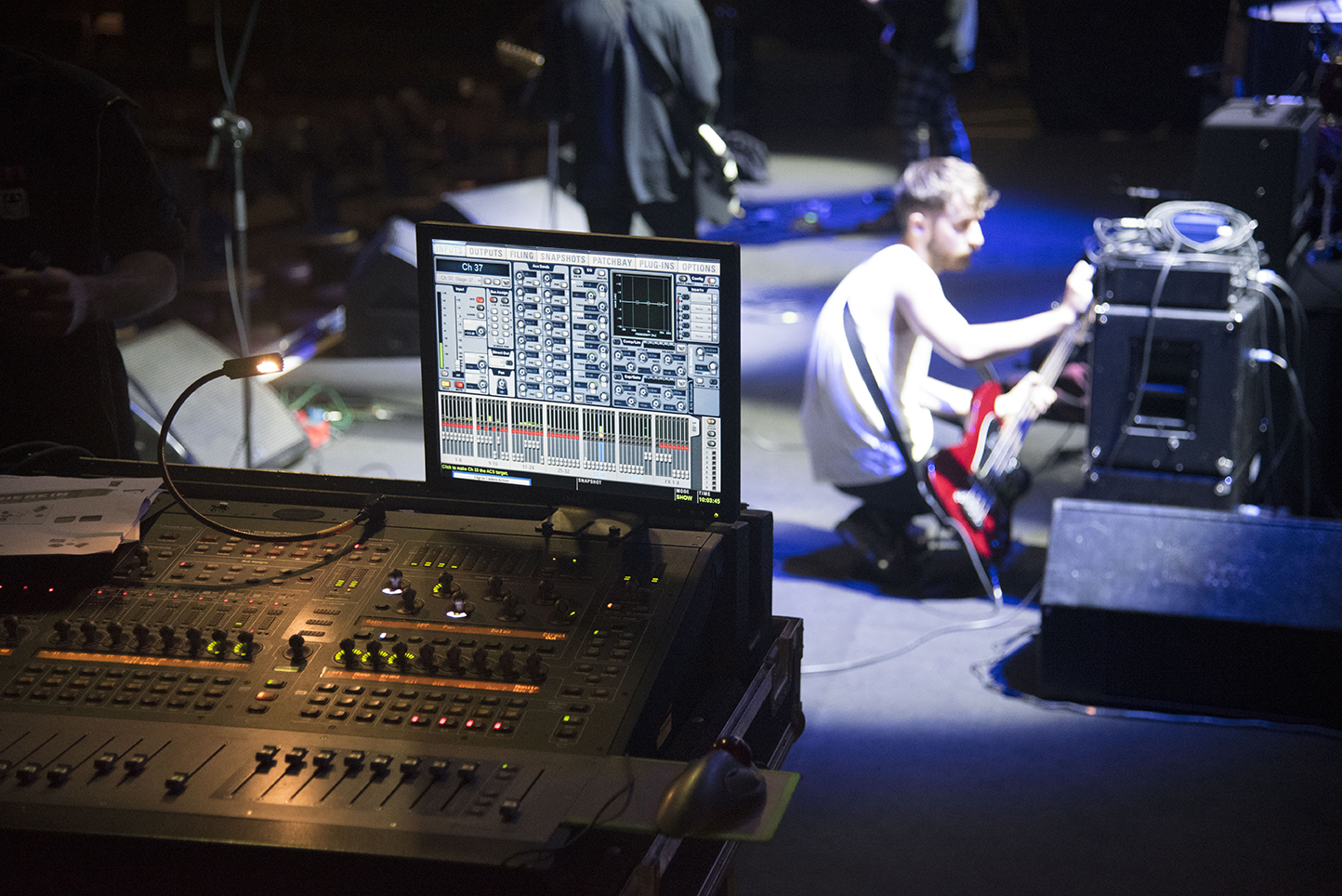Woe betide the band who skives their soundcheck. And more fool the musicians who use it to muck about jamming a funk-metal cover of the Peppa Pig theme. The soundcheck is your chance to lock down a decent live mix, and if you don’t use your time effectively, you’ll sound like a clock radio. Here’s how to soundcheck right.
Plan ahead
Checking your gear before you roll out is a no-brainer, but be more diligent still by asking each venue in advance for the house engineer’s contact details. A few weeks before the show, email over your live tech spec, including a channel list and a stage layout that shows the position of all monitors and instruments (and if these will need mic’ing or to be DI’d). Broach any specialist requirements now – rather than going mental on the night when you discover they haven’t provided a gong.
Befriend the sound person
See that beardy bloke in the Judas Priest T-shirt? He’s your best mate for the night – with the power to make you sound like Zeus’s thunderbolts or an apologetic mouse-burp. Buy him a drink, talk to him about your band’s vibe and the sound you’ll need, and hone in on any songs in the setlist that have extra instruments or quirky effects.
Be logical
Soundcheck your instruments in order – most bands find that starting with the drums works best, followed by bass, guitars and vocals. Electronic gear like synths should be a breeze, but give extra attention to acoustic hollow-bodied instruments, running from the low to high register to find and cut any frequencies that feed back.
Choose the right song
The best way to check the engineer has nailed the balance is to run through a familiar song from the setlist that has both loud and quiet dynamics. Chances are, you’ll be playing to the barman, but dig in like it’s the heat of the show – if you hold back and play at half-pelt, the engineer will set his levels based on that, and you’ll sound rubbish later on.
Monitors matter
The best live bands keep their backline volume low and focus instead on the all-important monitor mix. In-ear monitors (IEM) are the all-round most reliable option, but plenty of musicians still favour the old-school wedges whose vibrations make for more dynamic performance. Travel with both (if you can afford them) and you’ve got the best of both worlds.



